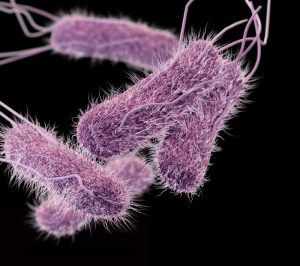NewsDesk @bactiman63
In a follow-up report on the typhoid fever outbreak in the Democratic Republic of the Congo (DRC), the World Health Organization (WHO) reports in 2022, from epidemiological week 1 to 20 (ending 22 May 2022), 755,014 suspected cases of typhoid fever including 376 deaths were recorded in the Democratic Republic of the Congo.

In 2021, from Epi week 1 to 49, 1,380,955 suspected cases of typhoid fever have been reported including 502 deaths (CFR 0.03%).
Typhoid fever, caused by the bacterium Salmonella typhi, is a life-threatening bacterial infection. Typhoid fever is still common in the developing world, where it affects about 21 million people annually.
Salmonella typhi lives only in humans. Persons with typhoid fever carry the bacteria in their bloodstream and intestinal tract. In addition, a small number of persons, called carriers, recover from typhoid fever but continue to carry the bacteria. Both ill persons and carriers shed S.typhi in their feces.
Subscribe to Outbreak News TV on YouTube
You can get typhoid fever if you eat food or drink beverages that have been handled by a person who is shedding S. typhi or if sewage contaminated with S. typhi bacteria gets into the water you use for drinking or washing food. Therefore, typhoid fever is more common in areas of the world where handwashing is less frequent and water is likely to be contaminated with sewage.
- Ghana reports monkeypox outbreak, 5 confirmed cases
- Measles reported in Ohio for first time since 2019
- Nevada officials report first probable monkeypox case in Clark County, US cases reach 100
- Polio in Pakistan: Two additional cases reported in North Waziristan, One fatal
- San Diego reports two probable monkeypox cases
- Afghanistan: 50,000 measles cases in five months
- North Korea: New ‘outbreak’ in Haeju, COVID-19 update
- São Paulo confirms third case of monkeypox in the Brazilian state, Fiocruz laboratory named a monkeypox reference lab
- Ukraine reports 6 botulism cases since beginning of the week

